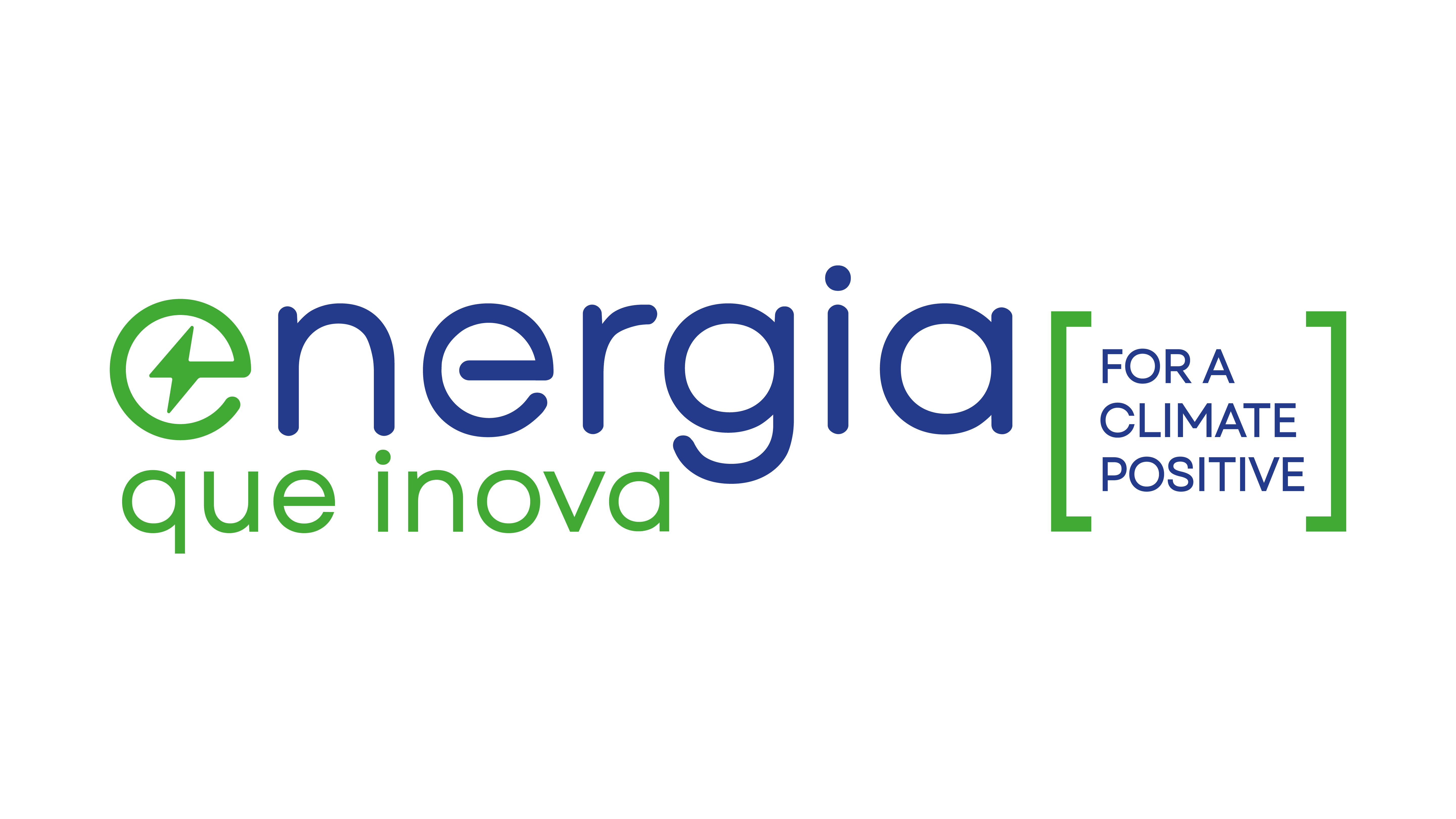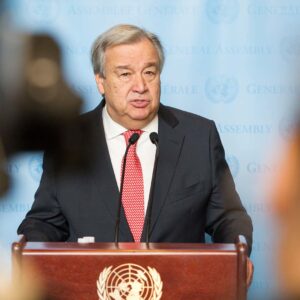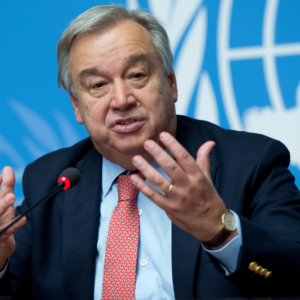Abu Dhabi, United Arab Emirates / Brussels, Belgium, 20 June 2023 – A new report released by International Renewable Energy Agency (IRENA) offers governments a toolbox of 100 innovative solutions to accelerate the decarbonization of end-use sectors and increase climate ambition in the next Conference of the Parties (COP28) in Dubai.
Electrifying industry, transport and buildings with renewable sources proves to be a cost-effective way to reduce emissions, ensure energy security and reduce dependence on imported fossil fuels. This transition also contributes to reducing the risks of volatility in fuel prices, which have been experienced in recent years.
The report, titled “Innovation Outlook for Smart Electrification” highlights that electricity will be the main energy vector of the future, representing more than half of global consumption by 2050, according to the agency's perspectives. With the significant drop in the cost of generating renewable electricity, around 40% of power generation capacity in the European Union already comes from renewable sources. However, the focus now must be shifted to end-use sectors, which are still largely dependent on fossil fuels.
The report points out that several electrification technologies are already available, such as electric vehicles (EVs) and heat pumps for buildings and industrial processes. Furthermore, indirect electrification, using green hydrogen produced from renewable energy, could be a solution to decarbonize challenging sectors.
Electrifying demand goes beyond the adoption of technology solutions and requires the participation of all stakeholders along the energy value chain, including the energy sector and end users. Decision makers need to take a systemic approach, combining innovations in technology, infrastructure, market design and regulation, systems planning and operation, as well as business models.
Innovation plays a key role in reducing costs, minimizing investments and creating new business opportunities. Large stimulus packages are being implemented in major economies, driven as much by technological innovation as by innovations in policy, market design and financing instruments. Laws such as the Inflation Reduction Act in the United States and the Zero Net Industry Act in the European Union reflect this trend.
The report emphasizes that there is no single solution for smart electrification, and the ideal strategies and implementation of innovations vary from country to country, taking into account the specific attributes of each energy system. Therefore, the document provides guidance on how to use the innovation toolbox according to each nation's context.
The toolbox was developed based on analysis of hundreds of innovative solutions around the world, with input from startups, large companies, regulators and system operators.
The IRENA report will be an important guide for governments in finding concrete solutions and defining effective strategies to drive smart electrification and accelerate the energy transition. In addition, IRENA's Innovation Week 2023, scheduled for September, will focus its activities on renewable solutions for end-use sectors, providing additional information to drive the global climate agenda at COP28.
Solutions from the Innovation Outlook Report for Smart Electrification
Smart electrification is key to driving the global energy transformation towards a carbon neutral future. This approach covers both energy production and consumption, ensuring synchrony between supply and demand to achieve efficient and effective decarbonisation of the entire system.
While renewable energy sources such as wind and solar have grown significantly, the demand side has evolved more slowly, with traditional approaches based on fossil fuels still predominant, especially in the transport and heating sectors. To achieve the IRENA 1.5°C scenario targets, it is necessary to increase the share of direct electricity in total final energy consumption, through the wide adoption of already available electrical technologies, such as electric vehicles and heat pumps. In addition, sectors that are difficult to electrify directly can be decarbonized through indirect electrification, using “green” hydrogen produced from renewable energy sources. With direct and indirect electrification, the global demand for electricity would triple by 2050, requiring a resilient energy system and enhanced energy efficiency measures.
The benefits of electrification for decarbonization are enormous, and governments must see smart electrification as an opportunity to accelerate economic growth, improve energy security, mitigate the impacts of climate change and achieve important sustainability goals. This requires the active involvement of all stakeholders along the energy value chain, from energy generation to the final consumption sectors.
This comprehensive approach recognizes the complexity involved in electrification and seeks comprehensive solutions that maximize the potential of clean energy integration. By embracing smart electrification and harnessing the full potential of electric technologies, governments can drive the energy transition, paving the way for a sustainable future.













